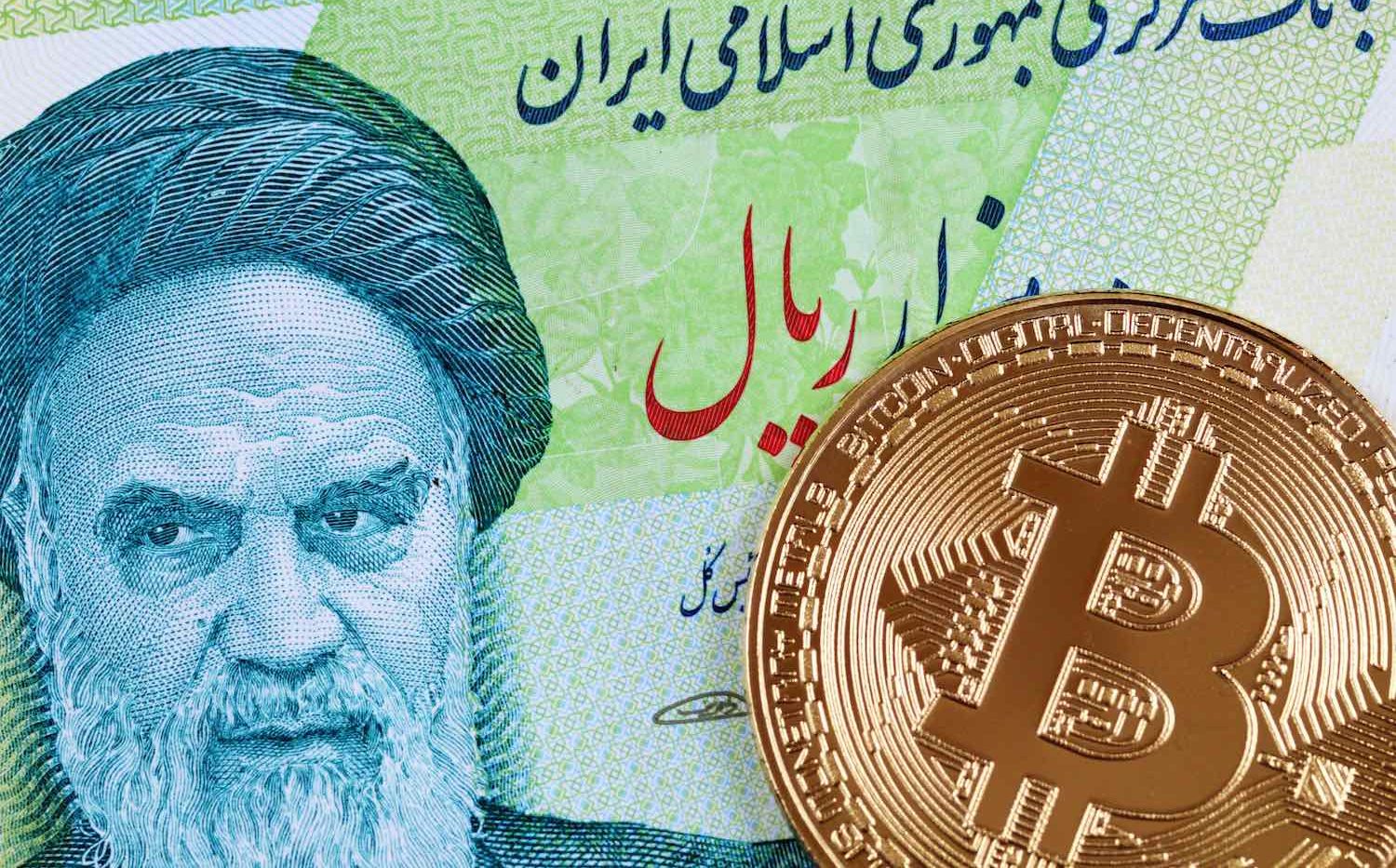Ethereum’s Road to $2K: 3 Reasons to Be Bullish
Ether recently broke above $1,400 for the first time in two years. Here are three events that could push the price even higher.

Ethereum’s Road to $2K: 3 Reasons to Be Bullish
Ethereum, the second-largest cryptocurrency by market capitalization, set a new all-time high of $1,439.33. This is the first time the digital asset has been over the $1,400 level since Jan. 13, 2018. Ethereum’s YTD gains now total 66.15% – over 6x higher than the leading cryptocurrency and outstripping both Polkadot (DOT) and Chainlink (LINK). Despite experiencing a temporary correction, it is still one of the strongest performers among the top 10 assets.
While there were no obvious fundamental catalysts to spur the rise to a new all-time high, ether had been close to breaking the key level for over two weeks after climbing to $1,350 on Jan. 10. The exponentially growing market for decentralized finance, known as DeFi – which now holds over $24 billion worth of crypto assets in its protocols – was also a likely contributor to the bullish momentum behind the asset.
Now, with Ethereum heading closer towards uncharted territory, all eyes will be on the second-largest cryptocurrency hitting its next major milestone, the psychological $2,000 mark. This fabled level is more than a 50% gain away from the current price (at press time), but there are 3 major events scheduled to go live in 2021 that could help make this possible.
1. CME Ethereum Futures
The world’s largest derivatives platform, the Chicago Mercantile Exchange (CME), publicly announced on Dec. 16 its plans to launch Ethereum futures by Feb. 8, provided it receives regulatory approval from the U.S. Commodity Futures Trading Commission (CFTC). Derivatives are essentially trading contracts that allow investors to bet on the future price of an underlying asset without having to actually own it.
This new cash-settled financial product – which means any profits made will be paid out in US dollars as opposed to ether – comes three years after the exchange launched bitcoin futures, which is now the world’s most traded bitcoin futures product and accounts for over 20% of all open contracts.
The arrival of Ethereum futures will ultimately bring more maturity to the crypto market and, although futures are not physically delivered, greater liquidity. This is beneficial because it will give institutional investors in particular the opportunity to hedge spot positions, which reduces overall risk and in turn makes Ethereum a much more attractive investment.
2. Ether Burning and Predictable Fees
Any action carried out on Ethereum-based decentralized applications (dapps) or protocols are treated as transactions, which require a fee attached to them to encourage miners to process them.
Right now, transaction fees are determined via an auction-style system where users who attach the highest fees to their transactions get them processed the quickest by miners. This system causes a number of issues, namely unpredictable and often extremely high fees during periods of heavy congestion. Network congestion arises whenever there’s a spike in trading activity. For example, if ethereum’s price changes sharply and thousands of traders suddenly want to enter or exit the market around the same time.
EIP 1559 is an Ethereum Improvement Proposal put forward by the project’s co-founder Vitalik Buterin, along with developers Eric Corner, Ian Norden, Rick Dudley, and Matthew Slipper, to implement changes to the way ether transaction fees are presented to users, as well as the management of ethereum’s supply.
EIP 1559 suggests scrapping the current auction-style fee system in favor of an algorithmically determined base cost, called the “BASEFEE.” The BASEFEE aims to introduce a uniform fee across all ethereum-centric platforms and services that rises and falls depending on network activity. This means no more fee discrepancies between ERC-20 compatible wallets, protocols, and exchanges.
The EIP does, however, include an option for users to tip miners should they want their transaction processed faster.
The second function of EIP 1559, and the one that will likely have the greatest impact on Ethereum’s future price, is the introduction of burning ether.
Burning means completely removing tokens from existence, causing a reduction in the circulating supply. EIP 1559 plans to burn the BASEFEE so the vast majority of the ether used to process transactions is destroyed as opposed to being given to network validators.
The idea is this will encourage the steady deflation of ether, which, in turn, should help bolster prices over time.
The EIP is anticipated to go live sometime after the Berlin hard fork, which could be as early as February.
3. Ethereum 2.0 Phase 1 Rollout
Ethereum is in the process of transitioning from a Proof-of-Work blockchain to one that operates using a Proof-of-Stake consensus mechanism, with the goal of becoming a faster, more efficient, and more scalable platform. There are four separate phases to the Ethereum 2.0 upgrade – Phase 0, Phase 1, Phase 1.5 and Phase 2 – each laying the technical foundation for the next until the final phase is completed.
Phase 0 went live on Dec. 1, 2020, and saw the implementation of the Beacon Chain – a new blockchain layer that will coordinate activity between individual Ethereum shard chains.
Phase 1 is the next stage in Ethereum’s development and will see the launch of 64 shard chains. All transaction activity across the network will eventually be divided among and processed by these separate blockchains. The benefits of this new system will be that transactions won’t need to be validated by the entire network, only by a single shard chain. This will greatly reduce the time it takes to confirm transactions, and it means the overall network will be capable of handling significantly higher volumes without suffering the level of congestion it currently does.
While there is no confirmed date for the launch of Phase 1, it’s expected to arrive sometime this year.









